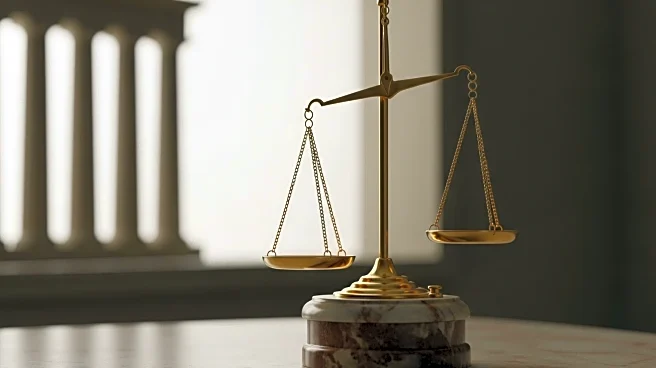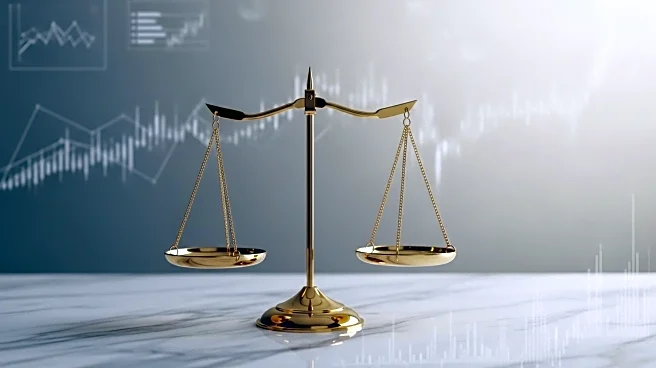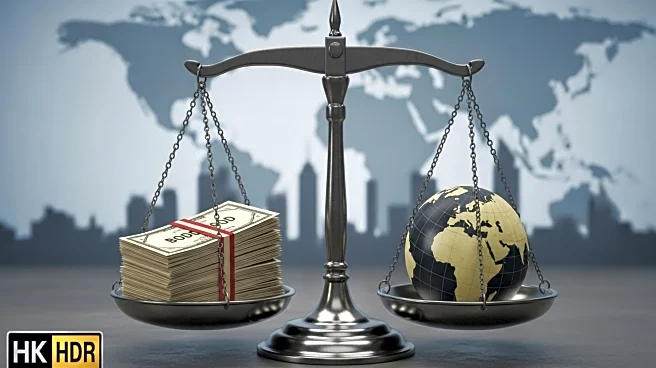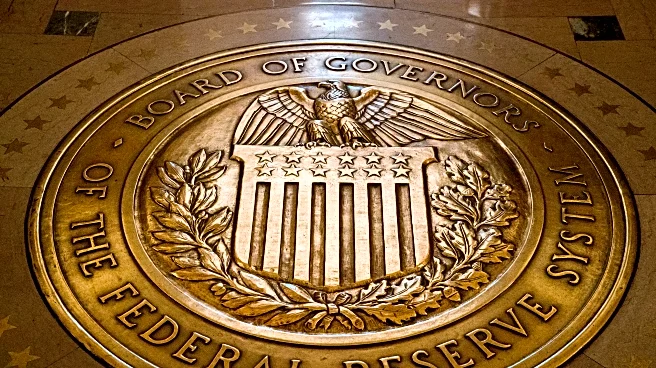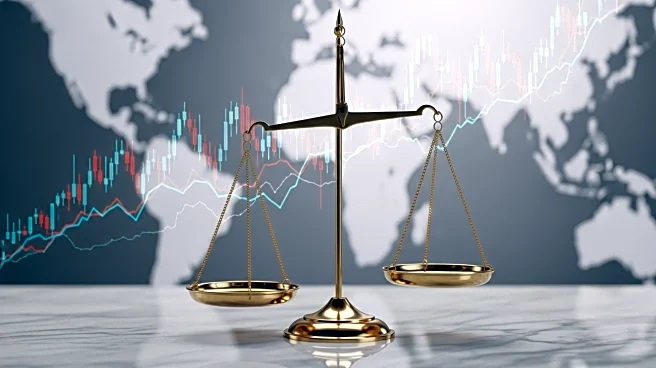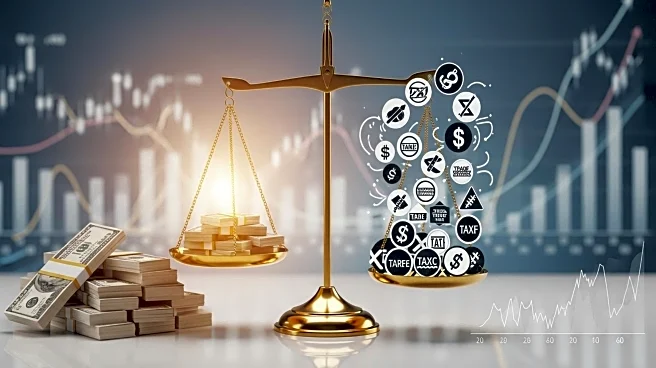What's Happening?
The current economic environment in the United States has led to a significant increase in credit card debt, reaching a record high of $1.21 trillion. Inflation, rising costs in housing, food, and essential services have forced many Americans to rely on credit cards and loans to maintain their standard of living. This situation is exacerbated by elevated interest rates and wages that have not kept pace with inflation, creating a perfect storm for debt accumulation. Many individuals were already operating on thin financial margins before these economic pressures intensified, leading to a genuine financial crisis for those living paycheck to paycheck.
Why It's Important?
The rising credit card debt has significant implications for the U.S. economy and individual financial health. High debt levels can lead to increased financial stress, impacting mental health and overall well-being. It also affects credit scores, which can limit access to future credit and financial opportunities. The reliance on credit cards for basic living expenses indicates a deeper economic issue, where wages are not sufficient to cover the cost of living. This situation could lead to increased defaults and financial instability, affecting both consumers and financial institutions.
What's Next?
To address the growing debt crisis, individuals may need to explore debt management strategies such as credit counseling, debt consolidation, and relief programs. These options can help structure monthly payments, reduce interest rates, and negotiate balances with creditors. On a broader scale, economic policies aimed at increasing wages and controlling inflation could help alleviate the pressure on consumers. Financial education and awareness about debt management can also play a crucial role in helping individuals regain control of their finances.
Beyond the Headlines
The debt crisis highlights the need for systemic changes in economic policy and wage structures. It raises ethical questions about the responsibility of financial institutions in offering credit and the potential exploitation of vulnerable consumers. Long-term shifts may include increased advocacy for financial literacy and reforms in credit lending practices to prevent future crises.



